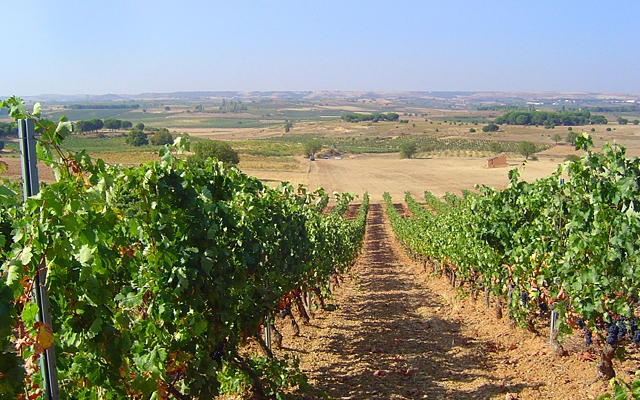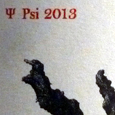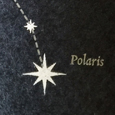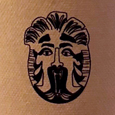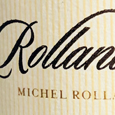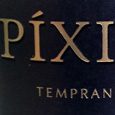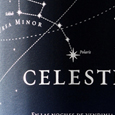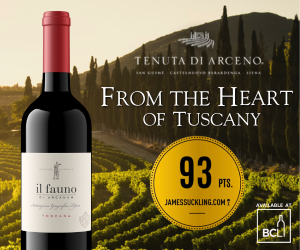If you follow the Duero River as it courses west from the high altitude plains of Ribera del Duero, it will cross the Portuguese border and turn into the Douro River, continuing its journey out to the Atlantic ocean.
The river is essential for the region’s wines, providing much needed water to the vines. In Ribera del Duero, like in Rioja to the north, tempranillo is king, though Ribera’s warmer, hardier, continental climate express tinto fino (the local name for tempranillo) through thicker, darker wines. Here tannins are harder and grippier, the black fruit more powerful and brooding, making Rioja look slender in comparison.
Sheltered by the nearby Sierra de la Demanda and Sierra de Guadarrama mountain ranges, summers are hot and dry, and winters are frigid and freezing, while the daily diurnal temperature shift can be as much as 50C. Situated roughly two hours north of Madrid, Ribera del Duero DO is located on Spain’s northern plateau, one of eleven wine regions within Castilla y Leon. The region is characterised by a largely flat, rocky terrain in the province of Burgos, with the most famed vineyards surrounding Peñafiel and Roa de Duero in the west. Altitude ranges within approximately 750-900m, and through layers of silt, clay and sand, alternating with limestone, marl and chalk. The harsh, unforgiving climate produces wines with great structure, depth and ageability. There were only nine wineries and 15,000 acres of vineyards when Ribera del Duero achieved DO status in 1982. Today, more than 270 wineries are spread across 55,000 acres of vineyards. Spain’s most famous winery, Vega Sicilia, is located here, as is the iconic and expensive Pingus label.
Here are the Ribera del Duero wines recently tasted at GOW.

 quicksearch
quicksearch

